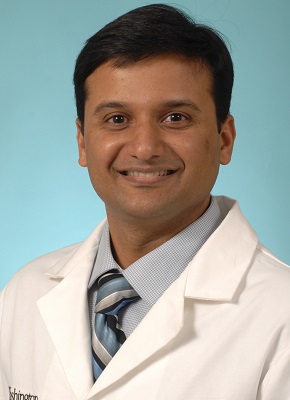An observational cross-sectional cohort study by Amin et al. suggested that greater and more consistent use of same-day discharge(SDD) following elective percutaneous coronary intervention (PCI) is the United States, could markedly increase the overall value of PCI care. Apparently, SDD was not only safe but associated with large savings of more than $5000 per PCI.
Although it is already known that same-day discharge (SDD) after elective percutaneous coronary intervention (PCI) is associated with lower costs and preferred by patients, contemporary patterns of SDD after elective PCI with respect to the incidence, hospital variation, trends, costs, and safety outcomes in the United States are unknown. In the light of this, Amin and his colleagues sought to evaluate the contemporary US practice of same-day discharge (SDD) after elective percutaneous coronary intervention (PCI) with respect to the incidence, variation, trends, costs, and safety outcomes.
A total of 672 470 patients enrolled in the nationally representative Premier Healthcare Database who underwent elective PCI from 493 hospitals between 2006 and 2015 were included. The follow-up duration was 1 year. The main outcomes of the study comprised of death, bleeding requiring a blood transfusion, AKI and AMI at 30, 90, or 365 days after PCI, and costs from hospitals’ perspective, inflated to 2016.

“In this large, contemporary, and nationally representative study of SDD practices in the United States, we found that from January 2006 to December 2015, despite reduced costs and sustained safety, SDD was used for few patients, and variation in the practice of SDD among hospitals was marked. Given the safety and large savings that exceed $5000 per case, greater and more consistent use of SDD could increase the value of PCI and save US hospitals approximately $577 million. Taken together, our findings underscore a potentially large missed opportunity of SDD in the United States.”- Dr. Amit A. Amin, M.D.
In this cohort study, SDD occurred infrequently (3.5%) with a substantial hospital variation, indicating that SDD practices in the United States are essentially random and likely driven by the local culture rather than evidence-based practices. However, SDD was safe in the short and long-term and was associated with large savings (>$5000); additionally, cost savings were attributed to reduced supply and room and board costs. The investigators found that greater and more consistent use of SDD could increase the overall value of PCI care and save US hospitals approximately $577 million in costs if adopted in the United States in the bundled payment era. Among 672 470 elective PCIs, 33.0% were women, 4.6% were Hispanic, 7.7% were African American, and 73.1% were white. The adjusted rate of SDD was 3.5% (95% CI, 3.0%-4.0%), which increased from 0.4% in 2006 to 6.3% in 2015. A substantial hospital variation for SDD from 0% to 83% (median incidence rate ratio, 3.82; 95% CI, 3.48-4.23) was observed, implying an average (median) 382% likelihood of SDD at one vs another hospital. Surprisingly, among SDD (vs non-SDD) patients, there was no higher risk of death, bleeding, AKI, or AMI at 30, 90, or 365 days. Not only were the 30-, 90-, and 365-day adverse outcomes similar for SDD vs NSDD patients, but these outcomes were also similar among patients undergoing SDD at top-decile hospitals vs other hospitals, indicating the sustained safety of SDD across time and hospitals and supporting the conjecture that a shift in practice may be achieved without the additional burden of adverse outcomes. As expected, same-day discharge was associated with a large cost savings of $5128 per procedure (95% CI, $5006-$5248), driven by reduced supply and room and boarding costs. A shift from existing SDD practices to match top-decile SDD hospitals could annually save $129 million in this sample and $577 million if adopted throughout the United States.
While Amin et al. acknowledged the fact that residual confounding may have limited the precision of the cost estimates, there was another study published in the American Journal of Cardiology which reported that shorter length of stay was associated with reduced health care costs in elective PCI. Additionally, comorbidities were strong predictors of length of stay(LOS) and non-cardiac causes accounted for more than half of all causes for readmission. Furthermore, longer LOS was associated with reduced incidence of readmissions for non-cardiac causes such as non-cardiac chest pain but a greater rate of readmissions for heart failure.
The take-home message from these studies is that as hospitals face increasing pressure to provide safe and effective healthcare at a lower cost, SDD can definitely be one strategy to improve the value of PCI.



Leave a Reply
You must be logged in to post a comment.